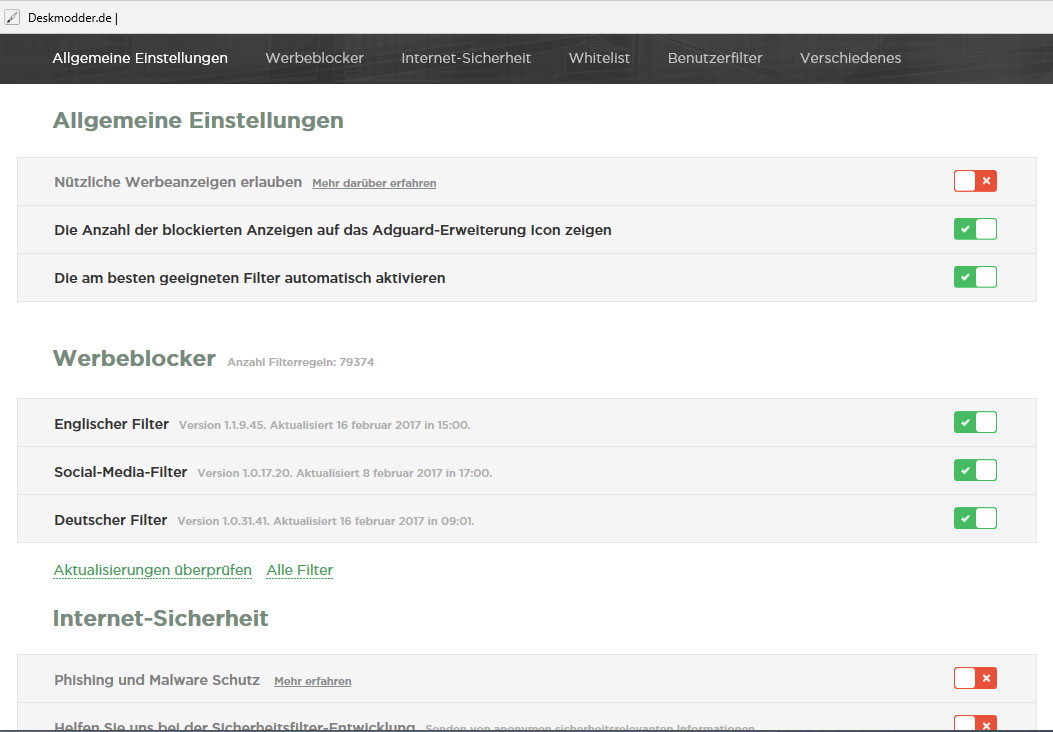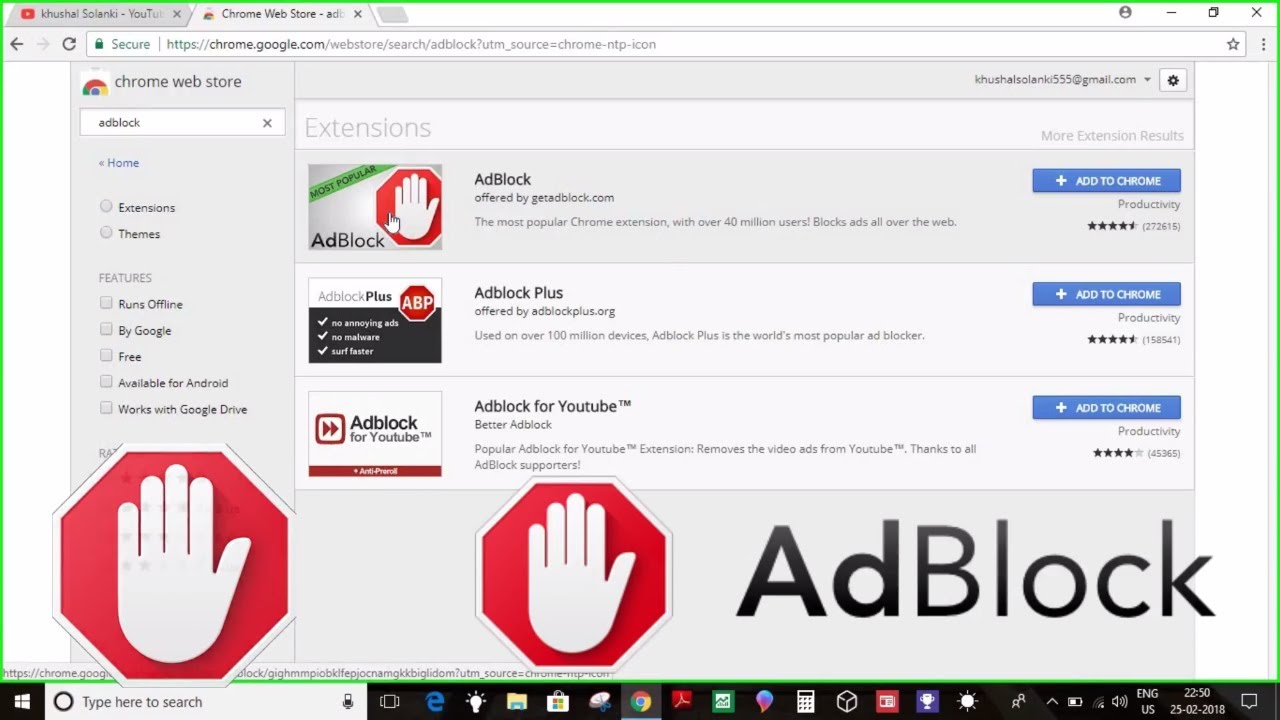



and European Union that originated in complaints about its integration of browser and operating system. In the past, Microsoft has been hesitant to weigh in on one side or another when browser controversies have developed, perhaps remembering antitrust actions in the U.S. That was decidedly different than the tack that Google took with Chrome it made sure users - as well as site publishers - knew that ad filtering was coming, talking it up for a year prior to actual launch. Notably, Microsoft didn't broadcast the news that it had integrated Adblock Plus with Edge on Android and iOS. Google introduced a form of ad blocking in Chrome earlier this year - an effort that purports to scrub the most annoying ads - and Mozilla has laid out a timetable for its own stab at deleting ads that will reach users in September or October. The move puts Microsoft in the same category as Google's Chrome and Mozilla's Firefox, two others of the Big Four browsers with ad-blocking technology already baked in or planned for this year. Microsoft declined to answer questions about the partnership and, when asked whether it plans something similar for Windows 10's browser, would only say that an Adblocker Plus extension is available for that version. This is the first time Microsoft has added a web ad blocker to any of its browsers, although Adblock Plus - and a multitude of rivals - have been available for years as browser add-ons for Internet Explorer as well as Edge. Change this any time in Settings," reads text displayed in the iOS edition of Edge once Adblock Plus has been engaged.

In both, the setting is accessible from Settings/Content blockers once within the browser. The in-Edge ad-blocker is disabled by default in both the Android and iOS versions, requiring the user to manually switch it on.


 0 kommentar(er)
0 kommentar(er)
